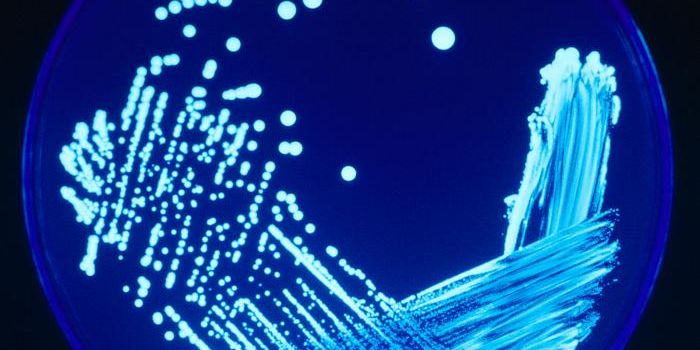Pathogen and Drug Work Together to Fight Yeast Infection
A pathogen common among people with cystic fibrosis combined with an antifungal drug can clear otherwise difficult-to-treat yeast infections in cell cultures and zebrafish. The corresponding study was published in Infection and Immunity by researchers at the University of Maine.
Candida albicans is a kind of yeast and is the most common cause of fungal infections in people. It is often treated by a number of antifungal agents however is known to be difficult to remove and can develop tolerance to drugs quickly.
Pseudomonas aeruginosa- a gram-negative bacterium- affects around 90% of all adults with cystic fibrosis. When combined, both C. Albicans and P. aeruginosa aggravate disease symptoms in those with cystic fibrosis and ventilated patients.
Such polymicrobial infections- infections involving multiple different microbes- are challenging to treat due to limited understanding of how pathogens interact during infection and how these interactions affect drug efficacy.
In the present study, researchers set out to see how C. Albicans and P. aeruginosa interact in the presence of the antifungal drug fluconazole in both cell cultures and zebrafish.
Alone, fluconazole prevents the growth of fungus in cell cultures. However, as it does not kill the fungus, what remains can develop resistance to the drug and ultimately continue to spread.
During experiments, the researchers found that when administered in the presence of P. aeruginosa, fluconazole could kill C. Albicans in both Petri dishes and zebrafish.
The researchers also found that the bacteria can enhance fluconazole's ability to eliminate another Candida species that is ordinarily also resistant to the drug.
They say that their findings are partially explained by P. aeruginosa's ability to manipulate fluconazole's iron homeostasis. They noted that 'iron starvation is known to change fluconazole into a fungicidal drug.'
"We are really excited to have revealed that sometimes drugs against fungal infection can work even better in a more 'real-world' situation than in the test tube, " says Robert Wheeler, Ph.D., senior author of the study.
"There is still a lot to learn about how pathogens interact during infection, and it will be interesting to see how the bacteria manage to work with the drugs to target Candida," he added.
Sources: Science Daily, Infection and Immunity









